These Are The Best Forgotten German Performance Bargains Of The 2000s
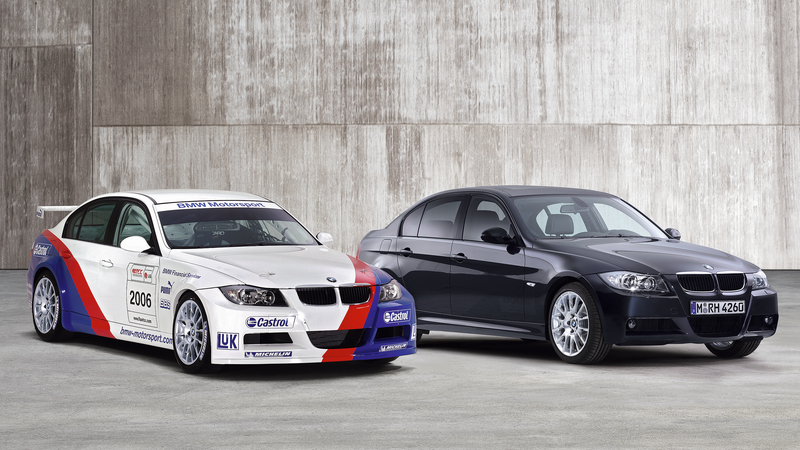
The Early 2000s gave us plenty of poster cars from Germany that are now commanding big bucks, the BMW M3 CSL and 996 911 Turbo chief among them. Move a rung down the ladder and you’ll see that even the Volkswagen Golf R32 is now bringing in big money as nostalgia drives up the price of cars that consistently occupied the covers of automotive magazines. Now there’s a whole class of limited-production models that little ink was spilled over back in the day, and that means they’ve managed to escape the hype to remain almost affordable today.
What makes these Teutonic cars desirable doesn’t always have to do with the single dimension of performance. Sometimes it’s a specific paint color, a detail that captures the automotive zeitgeist of the era, or even just a dealer bolt-on parts bin special…that actually is special. These picks represent where the value is hiding when it comes to enthusiast cars from Deutschland in the ‘aughts and 2010s.
Sometimes it just takes going across the pond and seeing what’s out there and worth taking advantage of the 25-year import law to bring over. Most of the time, however, it just takes some digging online – and we’ve done some of that for you.
2000 Porsche 911 Millennium Edition
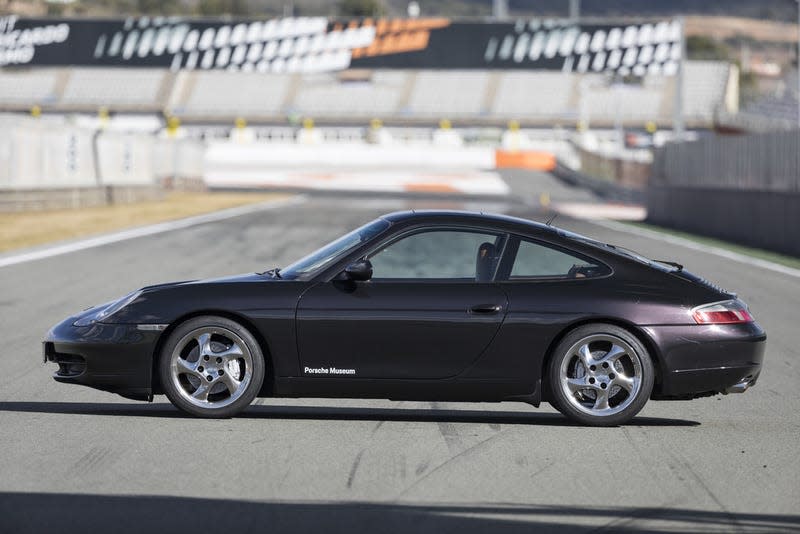
Some of us will remember when we all waited for it: that moment when escalators would stop, ATMs would spit out cash and digital clocks would go haywire because of the “Y2K Bug”. Then, it never came.
Porsche didn’t have time to be concerned with such nonsense, however, because it was busy celebrating the changing millennium with a special-edition 911 that turned out to be an absolute looker.
The German company made 911 examples of the 2000 model year 911 Carrera 4, which was clad in violet chromaflair paint that shifted from purple to green depending on the light. That’s the cool part. The not so cool part? The 18” ‘turbo twist’ wheels are finished in the kind of chrome that was characteristic of the era. You have to take the good with the bad, it seems.
A year ago, one went for $30K on Bring a Trailer. Not so bad. Worth setting an alert for another.
2002 BMW 330Ci Clubsport
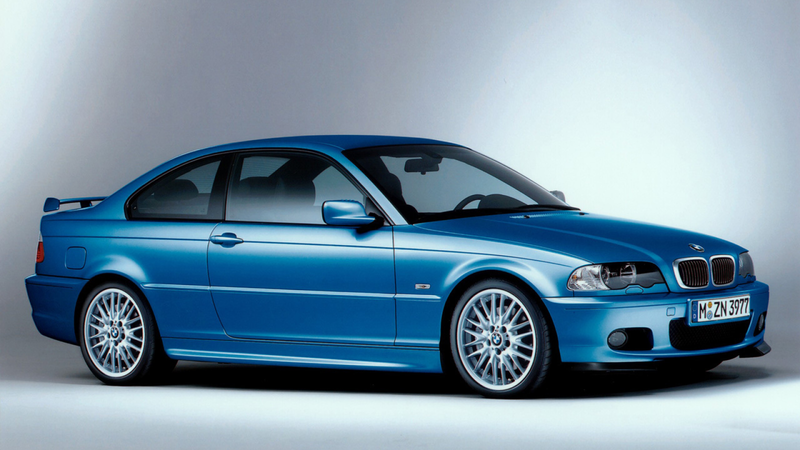
The road going version of the M3 GTR, the Strassenversion for folks who speak BMW, features a carbon wing bolted onto the trunk. Strangely, it looks great but this isn’t the only E46 to get the bolt-on wing treatment. Our friends across the pond were treated to the “Clubsport” package on the 330Ci, which takes the same three-liter straight-six as you’ll find in the 330Ci, but adds a short-throw shifter, stiffer suspension, Clubsport wheels and less sound-deadening material to shed a little weight. And yes, there’s also that wing. Which, depending on who you ask, does look slightly out of place for a street car without a racing counterpart. Sadly, there’s still a few more years before you can bring one of these to our shores.
2006 BMW 320SI
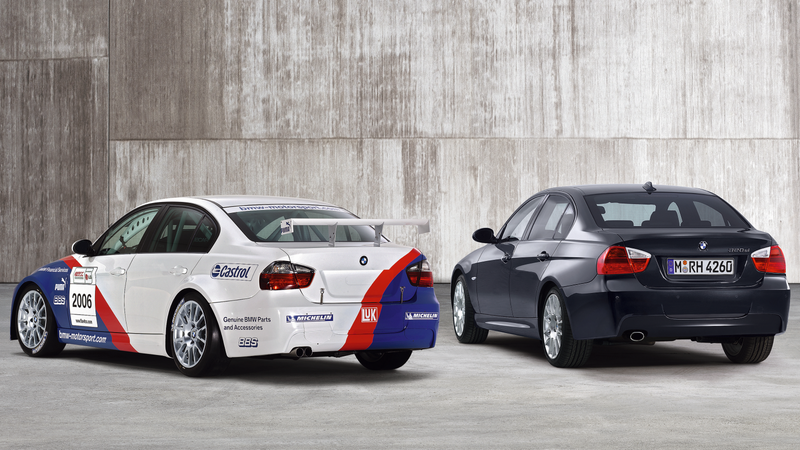
This homologation special came out in 2006, so we still have a little while before it can legally come to the U.S. That’s fine, though, because you can snag one of those one Euro houses in Italy, store it there and go over every year to drive it while you wait.
It’s worth it. Why? Because the 320SI is the kind of car that BMW made once and won’t make again. BMW performed well in the 2005 European Touring Car Championship, so set its sights on the World Touring Car Championship, but that meant making a road going version of a 320 with its 2.0-liter inline four-cylinder engine. That’s exactly what it did.
BMW worked the motor over by foregoing valvetronic for a traditional overhead camshaft (OHC) set-up, the bore was increased and the stroke reduced, and the compression raised from 10.5 to 11.0:1. The best part? The N45 inline-four was hand-assembled in the UK at the same operation that built the BMW Sauber Formula One engines. The cylinder head was also cast alongside the BMW Sauber F1 unit as well.
The whole race-ready package was topped off with a carbon cam cover. You got 18” BMW Motorsport wheels as well, in case the cam cover or subtle “SI” badging didn’t give away the track-focused origins of the sedan. It’s not exactly fast, with only 173 hp squeezed out at 7,000 rpm, but it’s the kind of car that you can actually drive fast. That’s exactly what Andy Priaulx did to win the 2006 WTCC, by the way.
2003-2006 BMW E46 330i ZHP
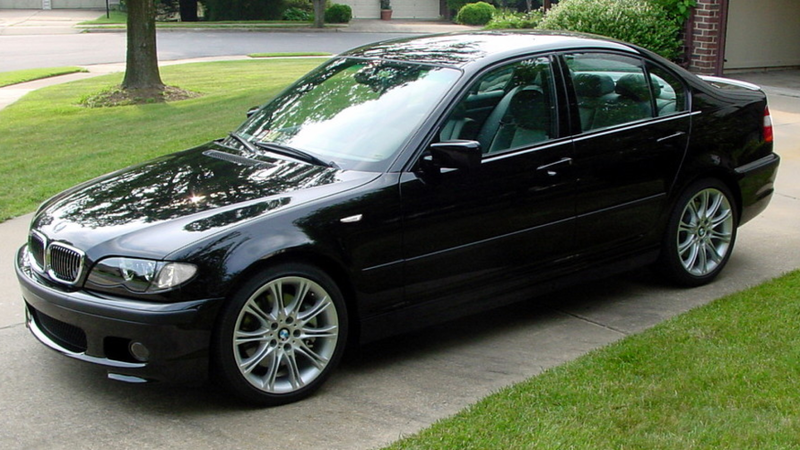
The ZHP package on the 330i is far less obscure than the previous two BMWs, but it’s also far easier to source and acquire. Once dirt cheap, they’re now picking up some steam on the market, although nowhere near the meteoric price rise that the E46 M3 experienced.
The 330i with the ZHP package is a generally accepted “hack” to get some proper BMW performance while staying well below M3 prices. These days, it doesn’t say, “I wanted an M3 but couldn’t swing it, so I settled with the 330i ZHP instead.” The ZHP has a cult following of its own now.
The ZHP upped the power up to 235 horsepower and 222 lb-ft of torque, 10 more horsepower and 8 lb-ft more torque than the standard 330i. You also got revised suspension and a six-speed transmission (instead of the five-speed on the standard model). On top of that, the ZHP came with an aesthetic package unique to the model.
While it’s not worth paying inflated prices for these, it’s still one to look out for in random used car lots, instead of places like auction sites crowded with enthusiasts.
2006 Audi B7 S4 25 Quattro
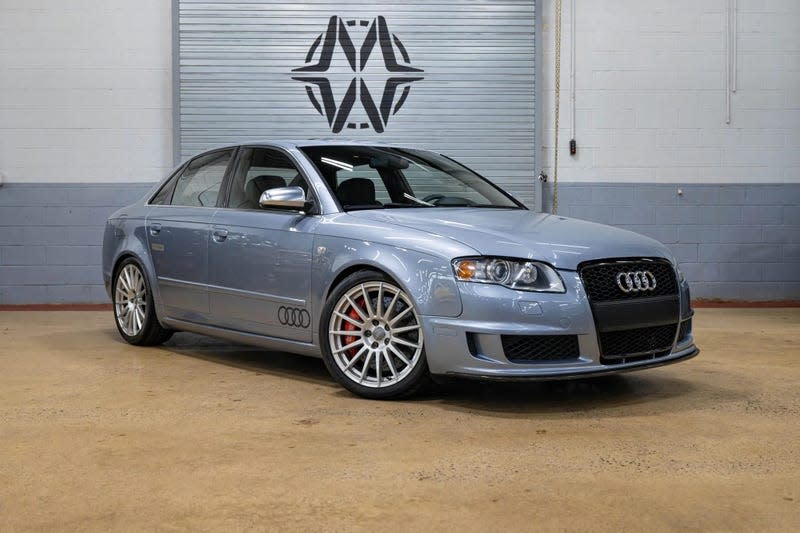
Audi’s Quattro technology debuted in 1980 in the Audi Quattro, aka the Ur-Quattro. It was the first rally car to feature four-wheel-drive after the rules allowed. 25 years later, Audi quietly paid homage to this slice of history with a special-edition versions of the S4. It was called the “25 Quattro” and Audi made just 250 examples, each with subtle-but-totally-reworked body panels clad in avus silver paint and just about all the exclusive parts Audi could throw together.
There were special seats, carbon fiber bits throughout the car (including a spoiler and front lip), and wheels closely resembling the OZ Racing unitsyou’d find on DTM cars of the era. By far the coolest part was an exclusive shift knob that reads “1 of 250 Quattro”. Well, that or maybe the faded Audi logo sticker pack reminiscent of the ‘80s models.
Stickers, and exclusivity, pumped up the price tag back in the day, with a $60,000 starting price. One went for about half that in 2022.
2002 Audi TT ALMS
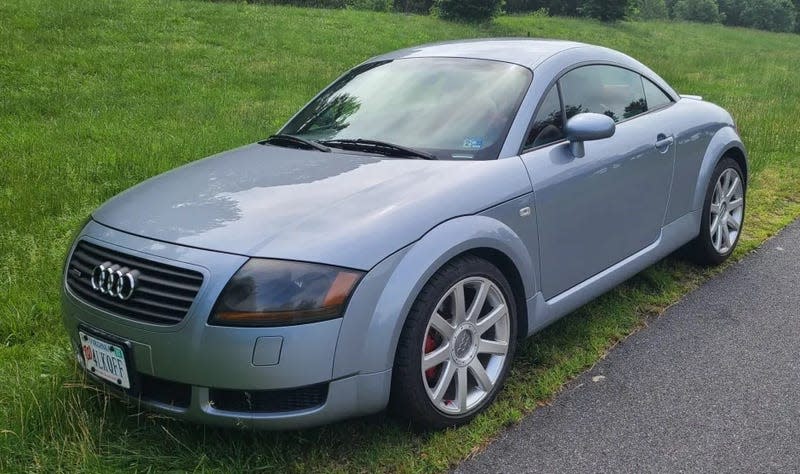
Audi had a good run during the early 2000s in the American LeMans Series. So much so that it made a special-edition car to celebrate its success.
I’m talking about the 2002 Audi TT ALMS, of course. A 1,000-unit run that was split into two exclusive paint colors: Misano red over silver/gray Nappa leather interior or avus silver over red. Each got the 225hp, 1.8T and a six-speed hooked up to Audi’s Quattro system. They also got some fresh 18″ wheels.
The TT certainly wasn’t the pinnacle of Audi’s sports car development program in the early 2000s, but there’s no denying that as it’s aged, it’s gotten even more charming. In other words, it’s aging like a fine Riesling. They’re still quite affordable as well, so keep an eye out for this one that points to Audi’s glory and dominance of the era.
Maybe it’s the cutesy image it had at the time, or the impracticality of a two-seater, but TTs, even the special ones, have stayed safe from the hyperinflation of the collector car market.
2003-2005 Audi A3 Sportback 3.2 VR6 Quattro
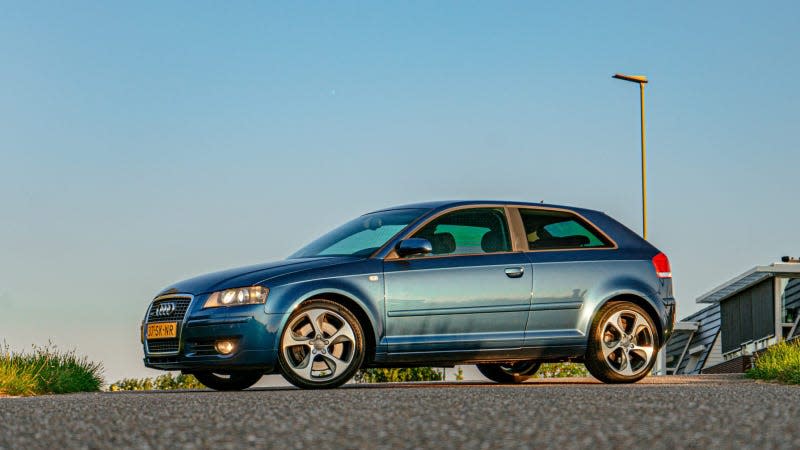
Prices for good Mk4 VW Golf R32 examples are insane, with some even selling for as much as $85K. The Mk5 isn’t much better, but there’s a neat hack to get a “poor man’s R32” and it involves pulling up Autoscout, Europe’s most popular used car platform, and finding a decent A3 3.2 VR6 Quattro.
This is the exact same car but in an Audi disguise. The only problem is that we never got it in the States, so you should follow the same plan discussed for the BMW 320SI. Time to buy another one Euro house in Italy to store your car at and make annual pilgrimages to drive it until it can come over, which is only a few short years away.
These cars are usually under 10k Euros, and will certainly be under 15K Euros for a good one. That’s much more affordable than what its VW equivalent is commanding these days, not to mention under-the-radar.
2007 Volkswagen GTI and GLI Fahrenheit Edition
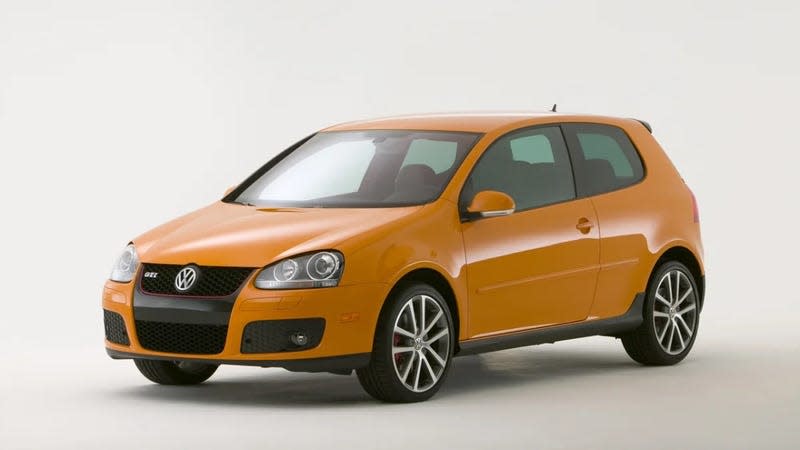
Speaking of under-the-radar, that’s exactly what this special-edition duo is not. Both the Jetta and the Golf were treated to some blazin’ paint jobs in the form of the Fahrenheit edition in 2007.
In total, 1,200 “Fahrenheit orange” GTIs were made and 1,200 “Fahrenheit yellow” GLIs were made. The paint jobs were paired with full leather seats, 18” wheels and a sunroof as part of the limited-edition run. The GLI came with stick-shift or auto ‘boxes, while the GTI was DSG-only. These days, Porsche’s paint-to-sample program is all the rage, with customers paying $13,000 to clad their car in a special color. The premium for the Fahrenheit package at the time was a measly $3,000 in comparison, and VW threw in some desirable upgrades as well. Sounds like a decent deal.
2003 Volkswagen 20th Anniversary GTI
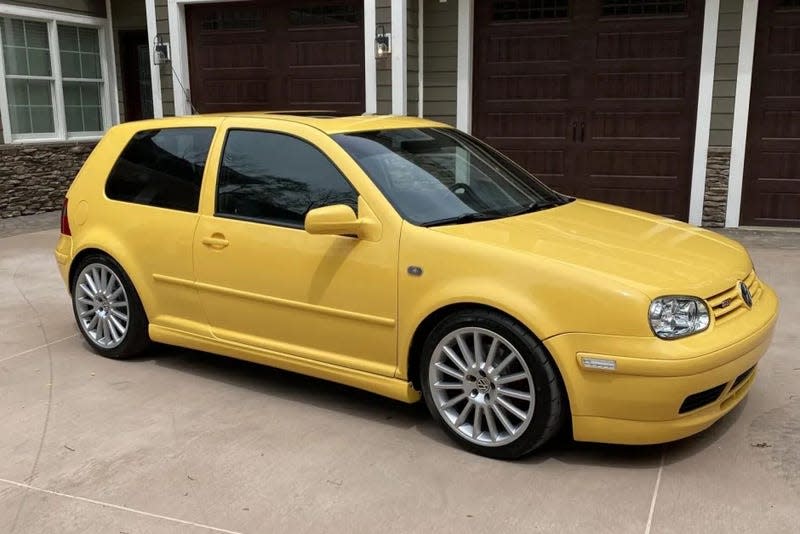
Again, Volkwagen delivered interesting colors on the 20th Anniversary special-edition. You had the choice of black magic, Imola yellow or jazz blue. The Rabbit GTI was released in 1983, and in 2003 Volkwagen paid tribute to that nomenclature by slapping a Rabbit badge on the GTI – but that wasn’t the end of it.
There’s some real value in these cars; they came with sport-tuned suspension from the factory that lowered the car, unique-to-the-edition 18” wheels with Z-rated sticky tires, and aggressive bodywork that let you know immediately what you were looking at. If the bodywork didn’t give it away, the factory darkened tail lights sure did.
Inside, you even got the “golf ball” shifter, another nice throwback touch. Just 4,000 of these were produced, so they’re not super rare, and that means they aren’t uber-expensive either. You should be able to snag one for under ten grand.
2014 Volkswagen Beetle GSR
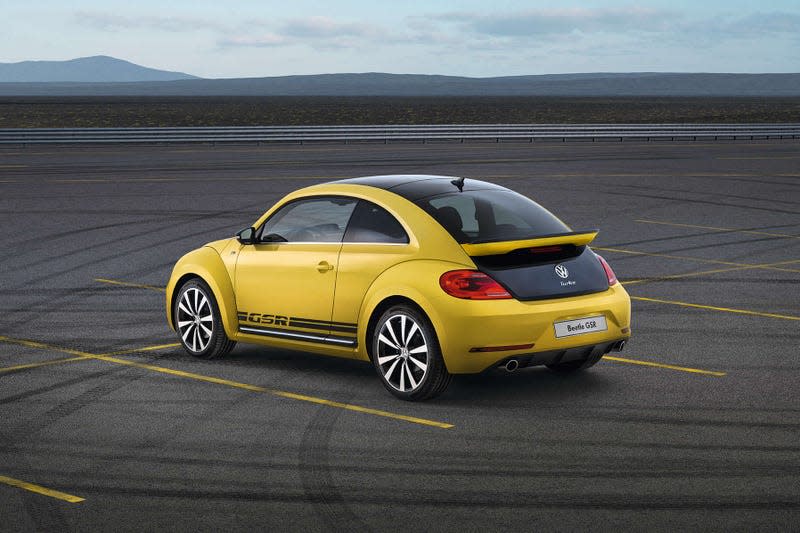
This isn’t the kind of Beetle with those add-on eyelashes that you might have found in your high school parking lot back in 2003. There is, however, one visual element that completely gives away the identity of the car: a massive pair of black stripes on its yellow hood. Fitting, because GSR stands for Gelb Schwarzer Renner, or “yellow and black racer”.
It originally surfaced in the ‘70s as a Beetle aimed at drivers; a performance variant of the beloved flower-power hippie-mobile. In 2014 the GSR resurfaced, and it was even faster than its contemporary GTI thanks to a 210 hp turbocharged inline four boosting at a staggering 27 psi during overboost. The gas-powered Beetle is gone and it’s never coming back, making the GSR one of the most interesting Beetles ever produced, twice.

 Yahoo Autos
Yahoo Autos 